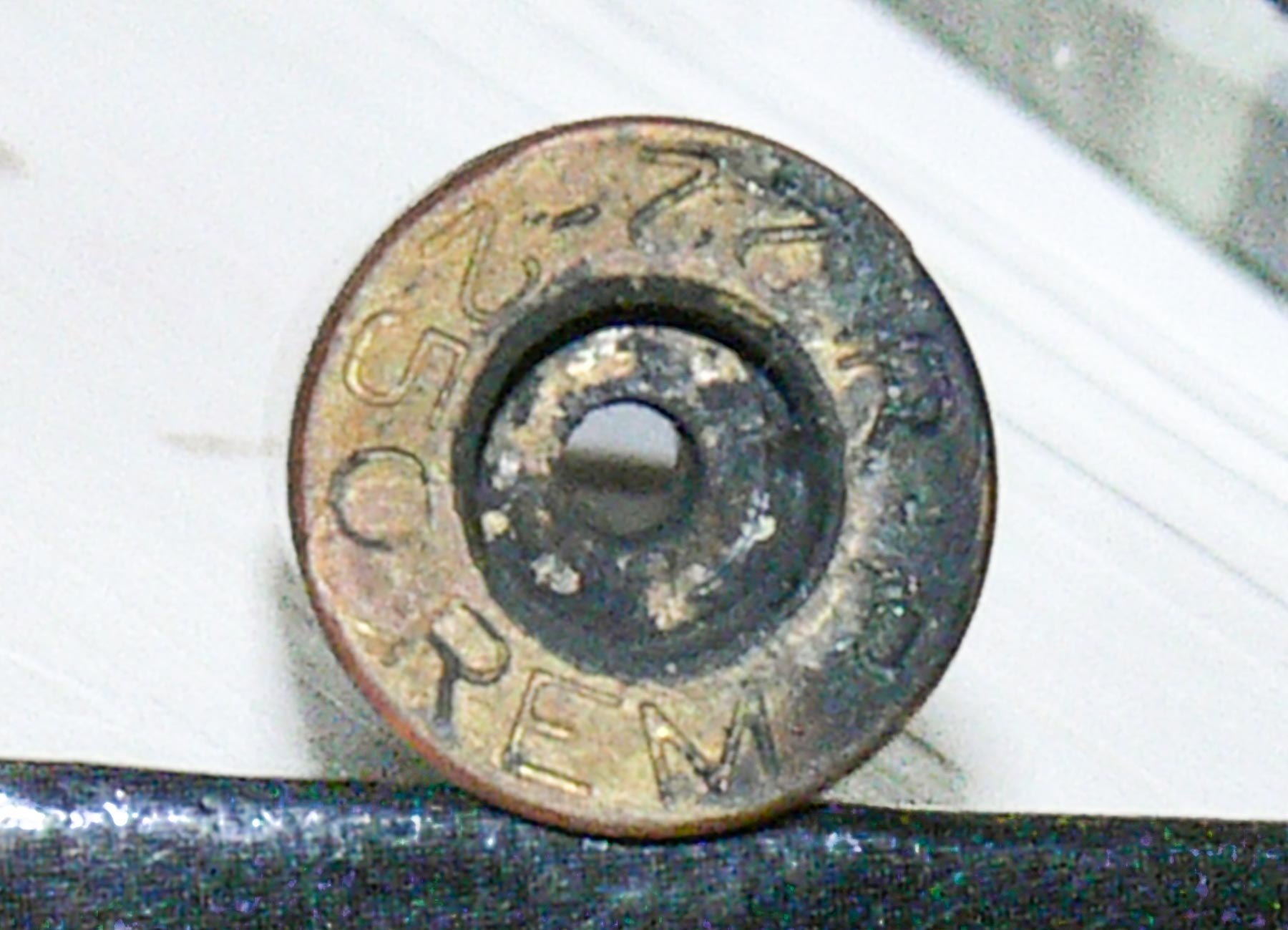Every new reloader is warned, “When the pressure signs become apparent, stop loading right there.” Yes, but what are pressure signs?
If you hunt the internet, you’ll find dozens of pressure signs, from the practical to the impractical. The question is, what works easily and what does not?

Here are some simple, practical and dependable ways to detected excessive pressure in a handloaded cartridge, based on my experience of reloading for more than 40 years.
The following applies only to rifle primers that have the same thickness; small rifle primers differ.
I normally develop a load using Federal 210 primers, because I have found Federals to be the softest, followed by Winchester, Remington and CCI, which are the hardest.
Using the Federals, I watch carefully for pressure signs in the form of edge flattening.
As soon as it becomes noticeable, I shoot the same load again with a harder primer. If no flattening is evident, this becomes the maximum, although it may not necessarily be the most accurate.
It is claimed with some validity that primer flattening is, by itself, an inexact indication of excess pressure; however, it is an indication that cannot be ignored.
Another indicator of excessive pressure may occur at the same time.
Next on my list are ejector marks on the head of the case. I have only had this occur on a couple of occasions. One was simply an overload. I never found out why the second occurred.

The third sign I look for is stiff extraction. In bad cases, the bolt can be lifted but it is impossible to extract the case; this is a serious overload.
What occurs in this case is that the pressure forces the case into the walls of the rifle’s chamber, and that’s where it stays; there is no “spring back” as the elastic limits of the brass are exceeded.
If this happens, the cartridge case is completely ruined and only fit for the scrap heap.

The only way to extract the ruined case is to gently tap the bolt head with a piece of wood until it breaks free. Be smart and don’t go there in the first place.
Finally, in extreme cases, you will end up with a blown-out primer. I have had two in 40 years of reloading; two too many.
As a result, I changed my reloading practises to prevent it from happening again.

0 Comments